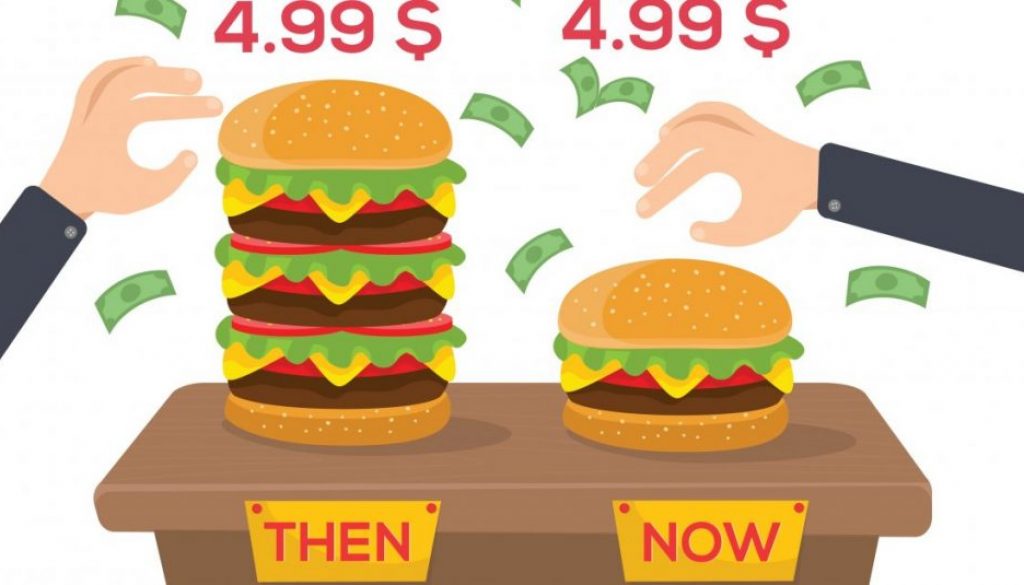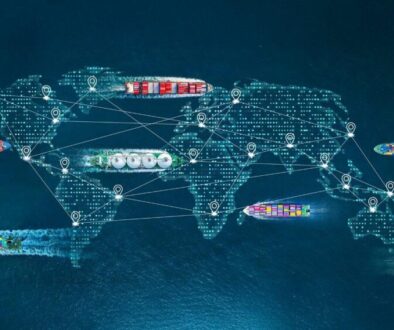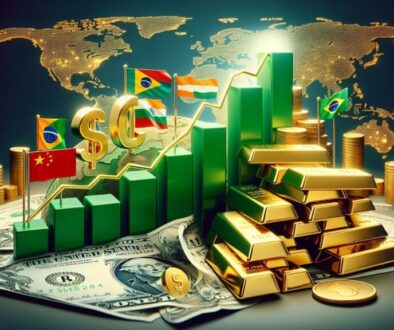For years, decision makers at central banks, like America’s Federal Reserve thought they understood why inflation fluctuated and how to keep it steady. Central banks anticipated that as long as they could keep inflation balanced is (probably) a sign that they also could keep the economy balanced. However, for the past decade, inflation hasn’t played by the rules. Despite the high employment rate before the pandemic in places like America (which exceeded 61%), which normally causes inflation to rise, it –inflation- has been mysteriously low across much of the advanced economies and central banks seem unable to revive it. No inflation means the central banks are less powerful than we thought or less powerful than we hoped. This is particularly worrying as the world faces a period of profound economic uncertainty making it more important than ever to solve the Great Inflation Mystery and repair the global economy.
Inflation is when prices rise across the economy. It helps explain why a Big Mac was less than three dollars twenty years ago, but is near six dollars today. The conditional explanation is too much money chasing too few goods. According to this logic in the Central Bank prints too much money or makes it very easy to borrow money by keeping interest rates low then prices will rise. Events like Wars which cause a shortage of goods can also increase prices.
Limited inflation doesn’t really hurt anybody, but when inflation is high and volatile and when it’s unexpected, it can do a lot of damage to the way a capitalist system runs; it can make planning very difficult, it can make borrowing money and lending money very difficult because citizens and investors do not know how much they will get back, accordingly in countries that suffer high inflation there is a breakdown in long-term borrowing.
To avoid extremes of inflation, most central banks try to keep it at around two percent. To stop inflation from rising, monetary policies are designed by the central banks to limit the excess increase in inflation rate. This can include an increase in interest rates on bank loans and bank savings, making it more expensive for everyone to borrow money, and more profitable to deposit their money instead of pumping it into the market, which slows the economy and lowers inflation. Predicting when Central Banks need to intervene to curve inflation used to be straightforward, thanks in part to observations published in 1958 by A. W. Phillips, an economist from New Zealand.
Since his childhood, A. W. Phillips was trying to be a resourceful person; as a school student for example, he rebuilt a truck from scratch and drove it himself to school taking his friends along with him. He was also a prisoner of war during the Second World War and famously created some secret radios and a tea heater. His most significant contribution was related to inflation, in which Phillips observed that wages in Great Britain tended to rise faster if employment was high. He plotted the relationship between salary rates change and unemployment levels on a graph to produce what is known as the Phillips curve. The Phillips curve was used by central banks to help predict inflation. Based on these assumptions, if a large portion of the population was working and wages were rising, price would then tend to increases; For example, if unemployment was low and wages are therefore rising faster, then that increases inputs’ costs for firms that will consequently increase prices to keep high profits, the opposite is also true, when the economy is weak and unemployment is high, wages stop rising and firms can’t raise prices much without losing customers. This theory was fully exploited in the 1970s when a spike in the price of oil and overspending to fund the Vietnam War meant that inflation was rising rapidly in America. So Paul Volcker, the Head of the Federal Reserve, raised interest rates to a record 20 percent. This huge hike in interest was known as the “Volcker Shock” and brought inflation down by the 1980s.
But the idea that ups and downs and employment explain changes in inflation didn’t last, giving rise to one of the great economic conundrums of the modern world – The 2008 financial crisis. The global financial crisis of 2007 to 2009 caused mass unemployment in America, but strangely inflation didn’t fall very as much, and as the economy recovered and unemployment reached a 50-year low in America in 2019 inflation remained mysteriously low baffling economists and politicians alike.
Some economist believe that the Phillips curve is dead. Others believe that it is merely hibernating. This mystery of low inflation led to a radical rethink about what was causing prices to stagnate. One explanation is that central banks have kept inflation low for so long that people no longer expect inflation to rise even in a jobs boom, and firms are more reluctant to raise their prices or wages if they don’t expect anyone else to do the same. Another theory is that globalization has helped keep prices low because it has led to an influx of cheap Imports as well as the recruitment of cheaper foreign labor, and the dependence on a different kind of inputs (mostly labor and IT) which increases the salaries for only a certain small portion of professions. Therefore although employment increased, but on average the salaries did not change as much.
Central banks have run out of room to cope with globalization. Because interest rates have been low since the global financial crisis, and therefore if there was a downward pressure on prices from, for example, manufactured imports or from emerging economies, central banks would not have any more room to offset that by allowing other prices to rise faster.
Other economists say that because firms didn’t cut wages enough during the financial crisis to protect worker morale, they did not raise wages sufficiently during the recovery leading to limited inflation levels. Pay and inflation would eventually rise but only after lagging behind increased employment. However, in the last year and before inflation had the chance to correct itself, the Covid-19 pandemic hit! Nevertheless, an unexpected outcome of the disruption caused by the pandemic might actually help raise inflation and get it back on track.
The pandemic has led to far greater cooperation between central banks and governments; as central banks have printed money, governments have offered stimulus packages ensuring that people are able to spend it. If governments can borrow and spend knowing that they won’t put upward pressure on interest rate because central banks will stop that from happening, then that should be quite the powerful stimulant to the economy. This corporation could not only be enough to pick inflation off the floor, but it could also help repair the global economy.



